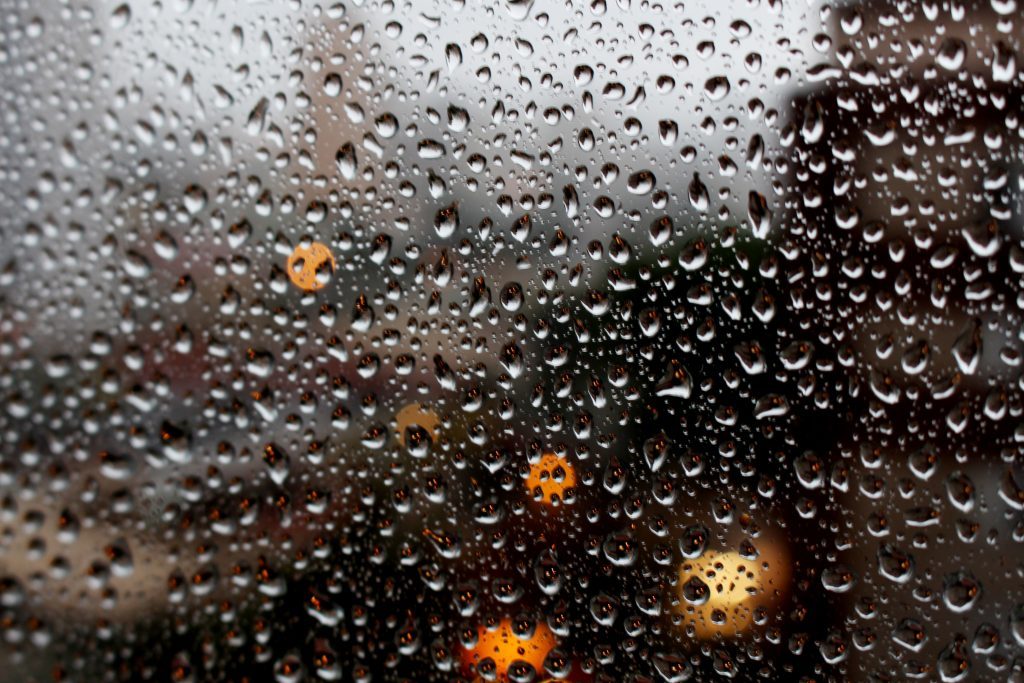Stachybotrys Chartarum Mould Growth
Stachybotrys Chartarum
Stachybotrys chartarum is a type of mould commonly found in damp or water damaged properties. It can produce toxic compounds known as mycotoxins that have been associated with adverse health outcomes for those who have inhaled or made contact with it. It is often referred to as ‘Black Mould‘ and will have a strong, musty smell that will thrive in lowly lit and non-ventilated areas within properties including in the bathrooms, kitchens, pipes and basements. It is also slimy in appearance and is associated with water damaged properties that have been affected by sewage water. Stachybotrys chartarum produce mould spores and metabolites known as mycotoxins that are considered extremely hazardous when inhaled over long periods of time. If there has been a water loss at your property it is advised to seek a flood damage restoration specialist along with a mould remediation technician to restore your property as quickly as possible.
Many damp buildings will have a overpowering smell that will indicate the presence of severe mould growth. Stachybotrys Chartarum that grows indoors has been associated with increased allergic reactions and asthma. A type of metabolite that this mould produces is trichothecene mycotoxins, which has been associated with human disease following long term exposure and direct inhalation of spores, dust particles that contain this mycotoxin and mycelial fragments (1).
Key Features of Stachybotrys Chartarum
- Also known as ‘Black Mould’
- Tends to grow in damp buildings and flood-damaged properties
- Has a strong odour
- Produces a type of harmful metabolite known as trichothecene mycotoxins
- Has been associated with adverse health effects when there is long-term exposure and inhalation of the mycotoxins, dust particles and mycelial fragments
- Appears dark green to black
- Has a slimy, shiny appearance
- Commonly grows on cellulose-based materials

After a water loss event indoors mould can begin to grow and reproduce via spores 
Mould testing is required to identify the various types of mould growth on a surface
Other Types Of Mould Found In Properties
Aspergillus
Aspergillus is one of the most common types of mould found on structures with properties. The colour can range from brown, green, yellow, grey, white or black and you may find it growing commonly on walls. The Aspergillus is a type of fungi that belongs to the class Hyphomycetes and has the ability to cause food spoilage and some diseases. There are also some sub-species that produce harmful toxins when they are found in water damaged properties. This is why it is important that proper PPE is worn during inspections and mould cleaning. It is also vital to remove the mould as soon as possible to reduce the risk of infection and harm to pets and those living in the property. On most occasions the tenants or owners will be required to temporarily move out whilst the mould remediation is being completed. For those with asthma extra precautions need to be taken as the inhalation of Aspergillus spores can result in allergic bronchopulmonary aspergillosis (ABPA) where the asthma worsens significantly as a result of lung inflammation.
Cladosporium
Cladosporium is another type of mould that is found inside houses and properties and has the ability to grow in cooler climates too. It has the classic black or dark green colour and usually starts to grow on wooden items and within carpets. This type of mould can enter the property from outside debris on the soles of shoes and on the surfaces of clothing. Cladosporium is a type of fungus that is found in the outdoor environment in soil and leaves and can easily enter the house on clothing and shoes. This type of mould will grow on living and dead plant material. Cladosporium can be found growing within the fibres of carpets, on walls, ceilings and wooden surfaces and in HVAC systems. Exposure to this type of mould can also cause allergic reactions and in some cases infections, which is why mould remediation needs to commence as soon as possible.
Penicillium
This type of blue-green mould can grow and develop on most surfaces and structures that have been in contact with moisture for a sustained period of time. These spores, like the other types of mould, can cause allergic reactions and respiratory irritation when inhaled by accident. It’s usually found in carpets, walls, ceilings and items that have been in contact with water. There are some sub-species of Penicillium that produce a molecule known as penicillin that is used commonly as an antibiotic to treat some types of bacterial infections in humans. When Penicillium grows inside indoor environments they can produce myotoxins, which are potentially harmful metabolites that can cause adverse health side effects. You may have seen Penicillium growing before on organic non-living items such as fruit, vegetables and bread.
What Should I Do If I Find Mould In My House?
If you suspect there is mold growing inside your property you should arrange for a mould technician to attend your property and conduct mould sampling and analyses. It’s best to act quickly in these situations because once you notice the first signs of mould it may have already infiltrated and damaged materials in your home, compromising its structure. There are certified mould technicians available in all areas. If you are in Melbourne, Victoria or any of the surrounding suburbs call Kleen-Tech on 1300 305 030. All our mould technicians are available for immediate callout to anywhere in Melbourne or the surrounding suburbs within the hour.

